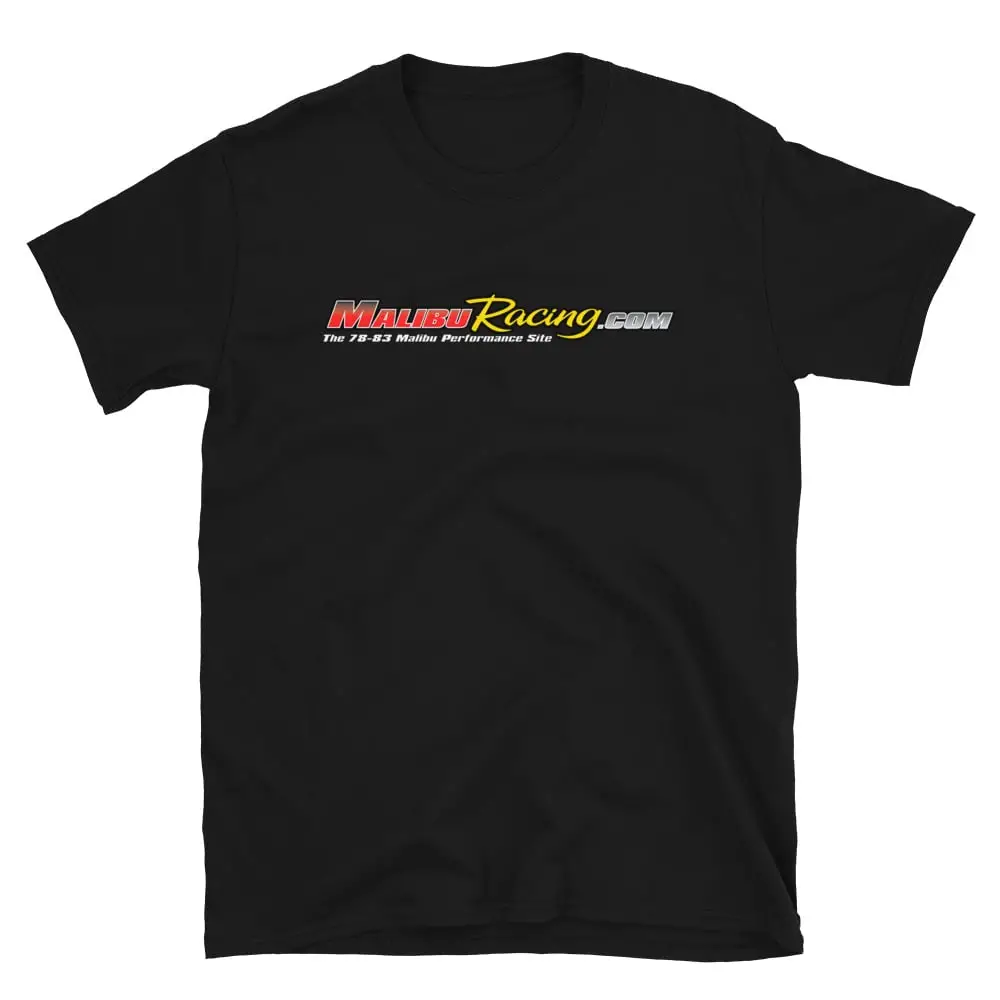hi guys,specially to NORM,i will like to have some help to get things done right.
i race my bu as a road course,so any help try to focus in this kind of race.
1.the lower rear arms has to be parallel to the ground as possible?
2.what should be happen if i took apart the upper control arms,and instead i change to a 3 link with a panhard bar?. if this set up its ok, whats the position of tyhe pb has to be?,any pocs will help me.
3.if the set up above its ok, do i need the stock stabilizer bar?
4.for road course, do i need to change the poly bushings to the stock ones, i understand they try to fight one to the other?.
i know its to many question, but i think you guys are my best and only source.
thanks and regards from the farest place on earth.
jorge.
i race my bu as a road course,so any help try to focus in this kind of race.
1.the lower rear arms has to be parallel to the ground as possible?
2.what should be happen if i took apart the upper control arms,and instead i change to a 3 link with a panhard bar?. if this set up its ok, whats the position of tyhe pb has to be?,any pocs will help me.
3.if the set up above its ok, do i need the stock stabilizer bar?
4.for road course, do i need to change the poly bushings to the stock ones, i understand they try to fight one to the other?.
i know its to many question, but i think you guys are my best and only source.
thanks and regards from the farest place on earth.
jorge.




